Products You May Like
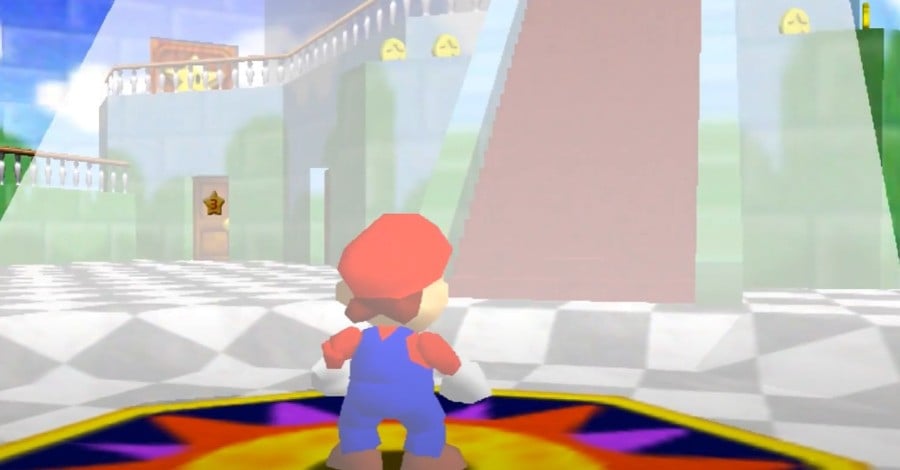
Over the holidays we’re republishing some of our best features, interviews, opinion pieces and talking points from the previous 12 months from staff and contributors alike — articles that we feel represent our best of 2021. In them you’ll find our usual mix of thoughtfulness, frivolity, retro expertise, gaming nostalgia, and — of course — enthusiasm for all things Nintendo. Enjoy!
My dad used to tell me that, when he was young, the world was in black and white. For a long time, I didn’t think to question it – after all, every shred of historical evidence we had from the 1950s and before was in black and white, too. Unfortunately, I grew up, and realised that my dad – as all dads are wont to do – was pulling my leg. Still, I could never quite imagine the past as anything more than sepia-toned, even when poring over colourised photos and videos from bygone eras.
I think, if I ever have children, I’ll try to tell them that the third dimension was invented in 1996 by Shigeru Miyamoto. Super Mario 64 was one of my first games, and it blew my tiny mind: Mario could walk in almost any direction, and you could even swing the camera around him like some kind of video game Spielberg. Sure, Mario’s first 3D adventure wasn’t the first 3D game – although exactly which game has that title is debated, so I’ll just say that it was some time in the early ’90s – but it was the first time many people experienced the all-new Z-axis in a video game.
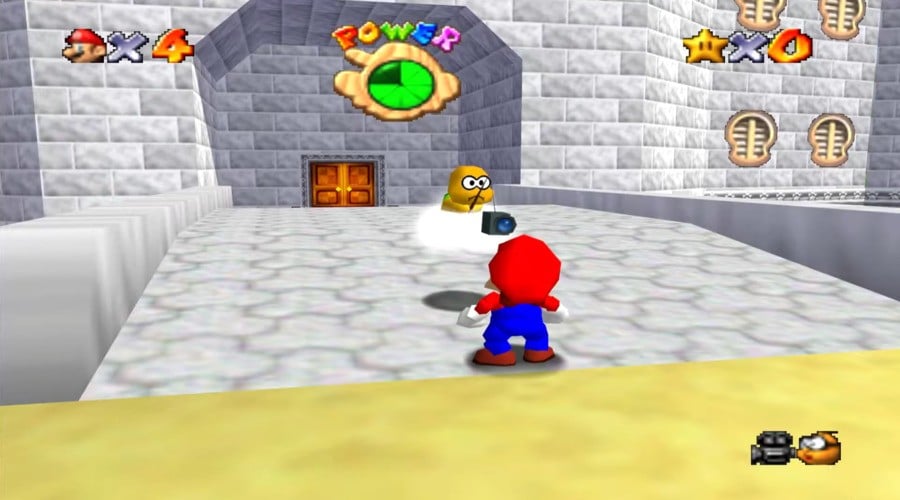
Back then, 3D was so new that even the developers didn’t quite know what to do with it. The idea of a camera that the player can control is so ubiquitous these days that we barely even register it, but in Super Mario 64, it wasn’t just some passive player view – it was Lakitu, the villain-turned-cameraman (and occasional holder of starting lights) of the Mario series. It was a charming little addition to ease players into this new idea of a camera following the character around, but – I’ll be honest – I’m glad we did away with it so quickly. There was always something a little creepy about being followed around everywhere by a turtle with a camera.
But the best moment of Super Mario 64, for my money, was made possible only by the addition of a new axis: the secret sky level that was could only be accessed by looking up at the ceiling.
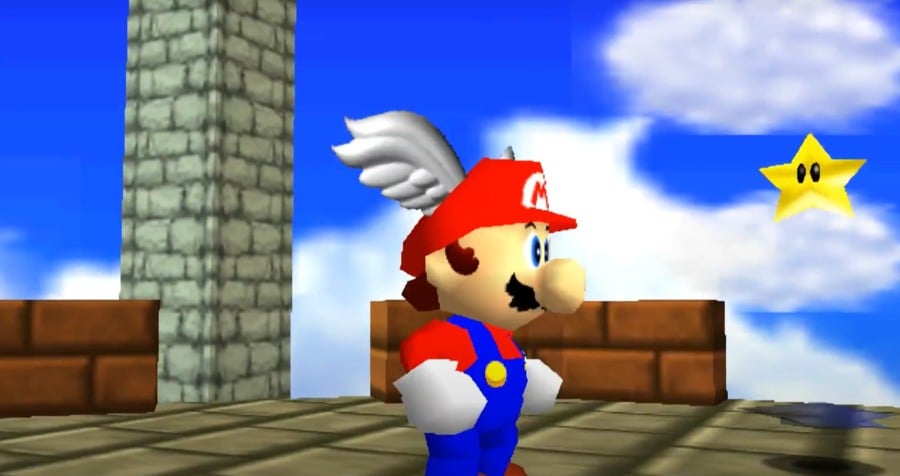
For most of the ’90s, when gaming news was disseminated by the twin forces of magazines and rumour, the playground was the place to be. One kid would promise that his uncle-that-works-for-Nintendo had heard about a new Zelda game where you could play as Epona; another would swear that he read in a magazine that if you pressed START three hundred and fifty-two times then you could unlock Luigi in Pokémon Red and Blue.
It was difficult to separate fact from fiction, and even more difficult when the only way to confirm these rumours was to own the game and replicate the exact conditions – maybe you only pressed START two hundred and fifty times? You sort of lost count in the middle.
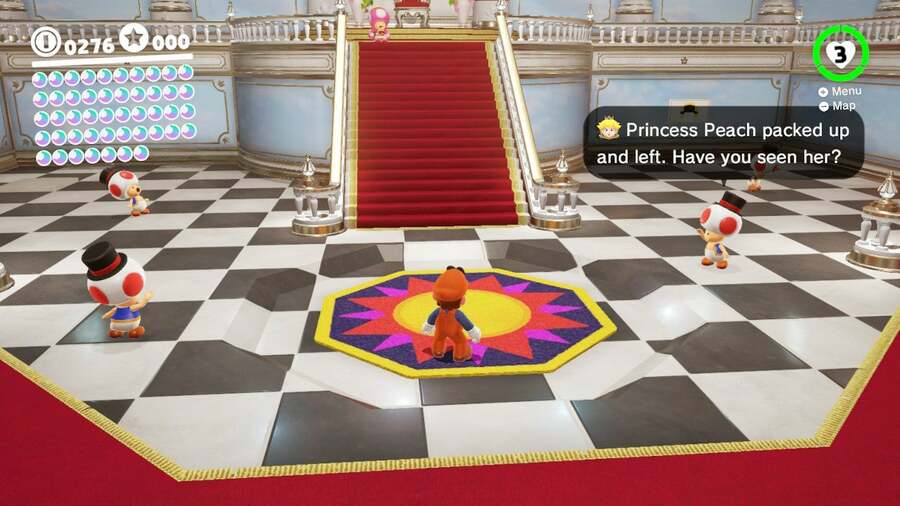
The Super Mario 64 trick of standing in the entrance to Peach’s Castle and looking up was easy to try, and instantly worked, cementing it as one of those all-time great secrets. In fact, it was so timeless and memorable that it made its way into both Super Mario Sunshine – where the trick is used to access Noki Bay – and Super Mario Odyssey, where entering Peach’s Castle and looking up at the sky gets you a Power Moon. The latter example is one of those things that everyone instantly tried, as soon as they discovered Peach’s Castle in the game – and the fact that it works is like a jolt of nostalgia that takes us right back to the first time it worked, too.
That secret sky level itself is not particularly memorable, except for letting Mario fly around in full 3D, but there is no moment that quite shows off the new dimension quite like the brilliant realisation that you can, for the first time, look up. Nintendo has always been great at the unexpected – I will almost definitely be writing about that one bit in Phantom Hourglass with the map at some point (if you know, you know) – and there’s a reason that there were so many rumours around their games.
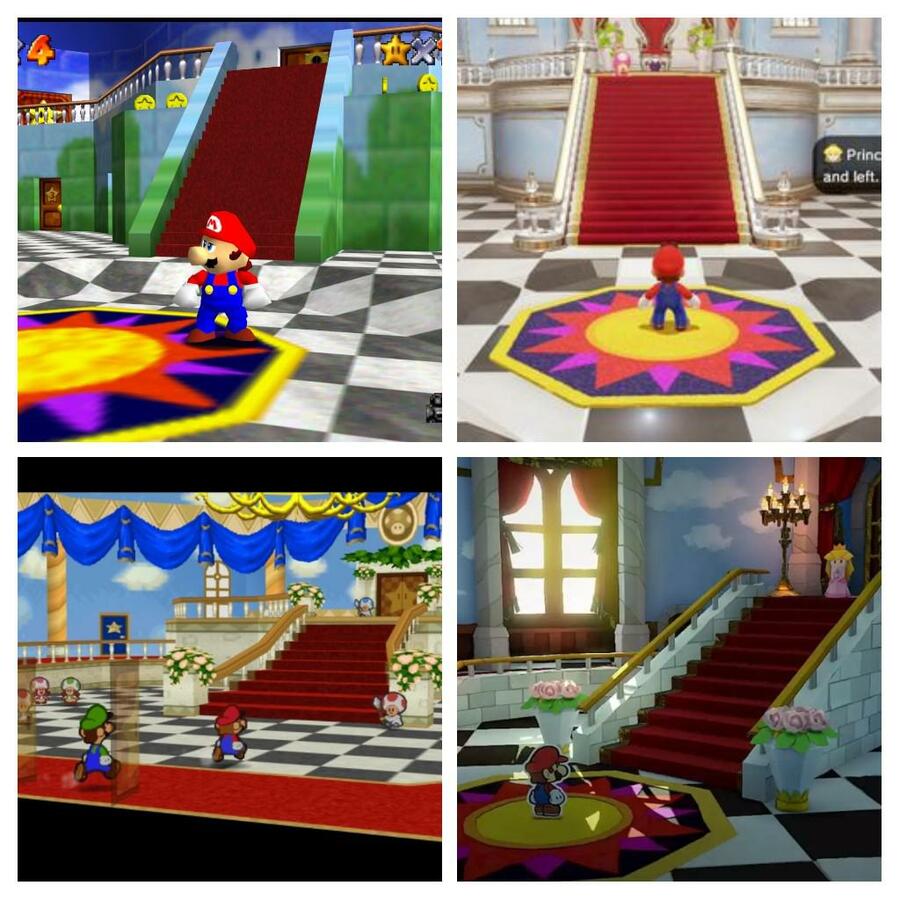
We knew, even as kids, that Nintendo’s games were full of secrets, surprises, and hidden tricks. From Warp Whistles and the mean Wave Race commentator to Chris Houlihan’s Zelda room, many of these tricks were either accidentally found by us as kids, or were the result of experimentation, and the answer to the question “I wonder what happens if I do this…?”
The fact that Nintendo has always encouraged that question shows that they are still kids at heart, in the absolute best way. Rewarding curiosity is one of the ways their games bring us such joy, and why people are still finding little details in Breath of the Wild four years after its release.
Now, if you’ll excuse me, I’m off to stare at the sun, in case it opens up a new level where I can fly.
